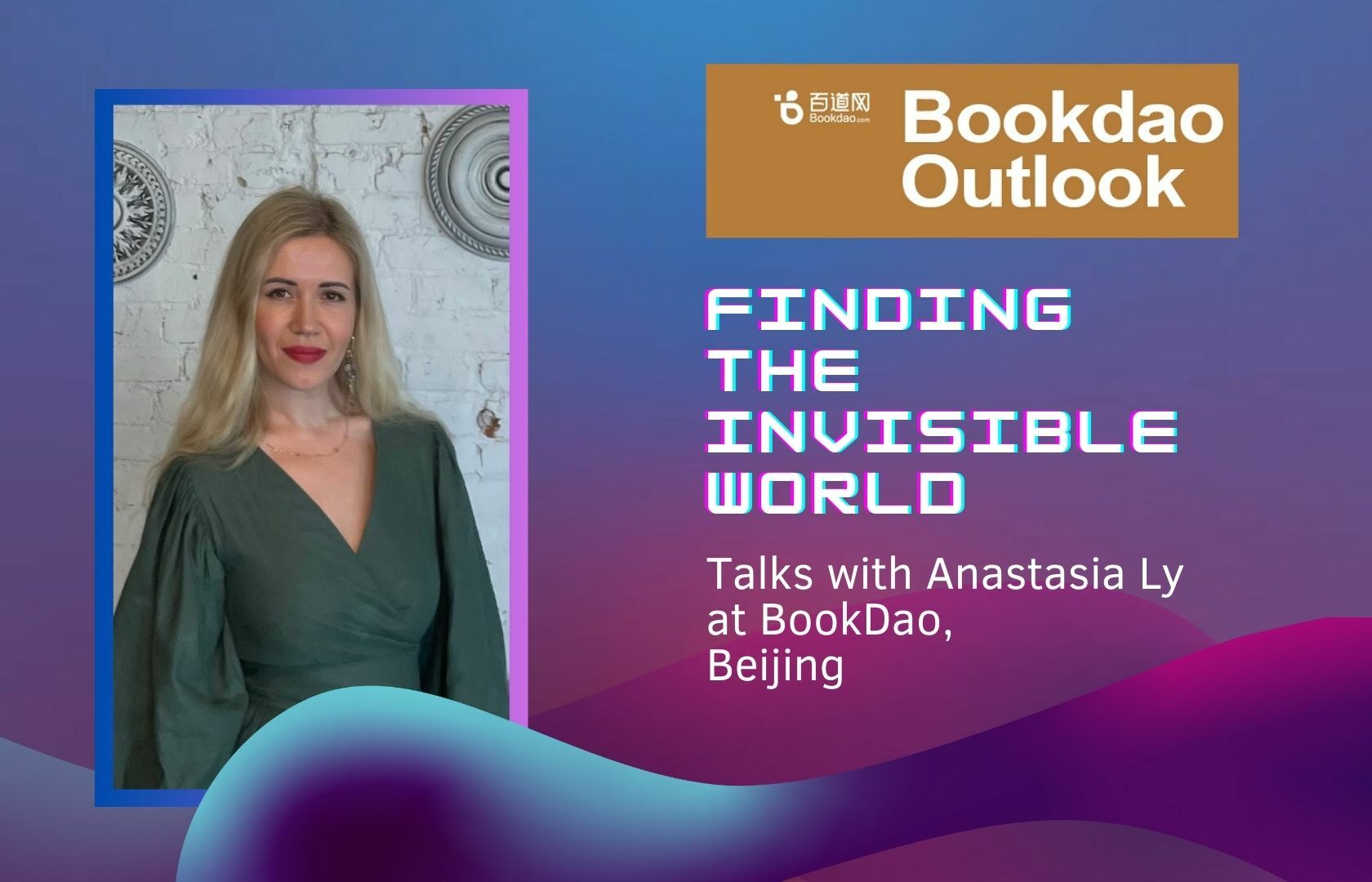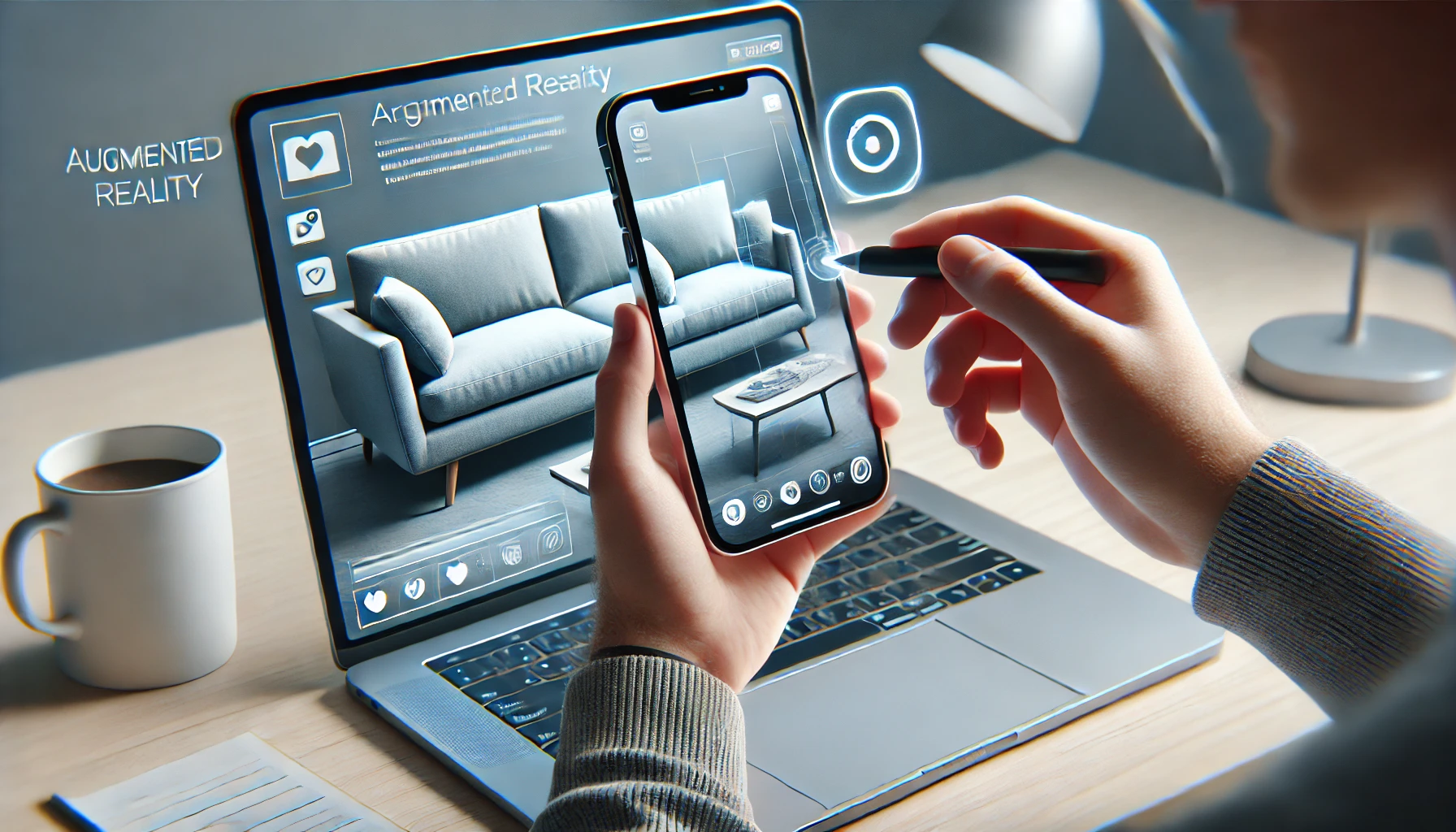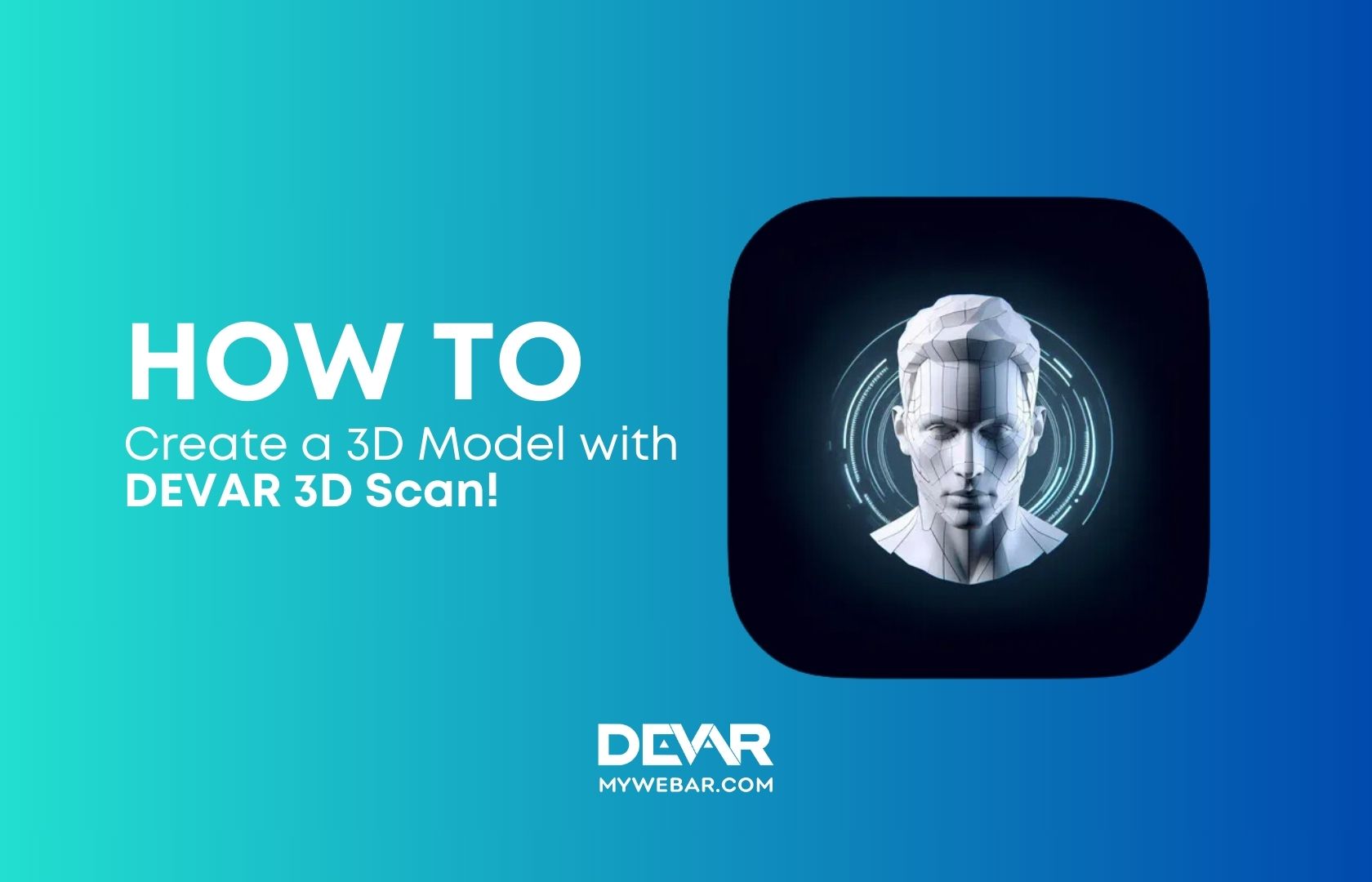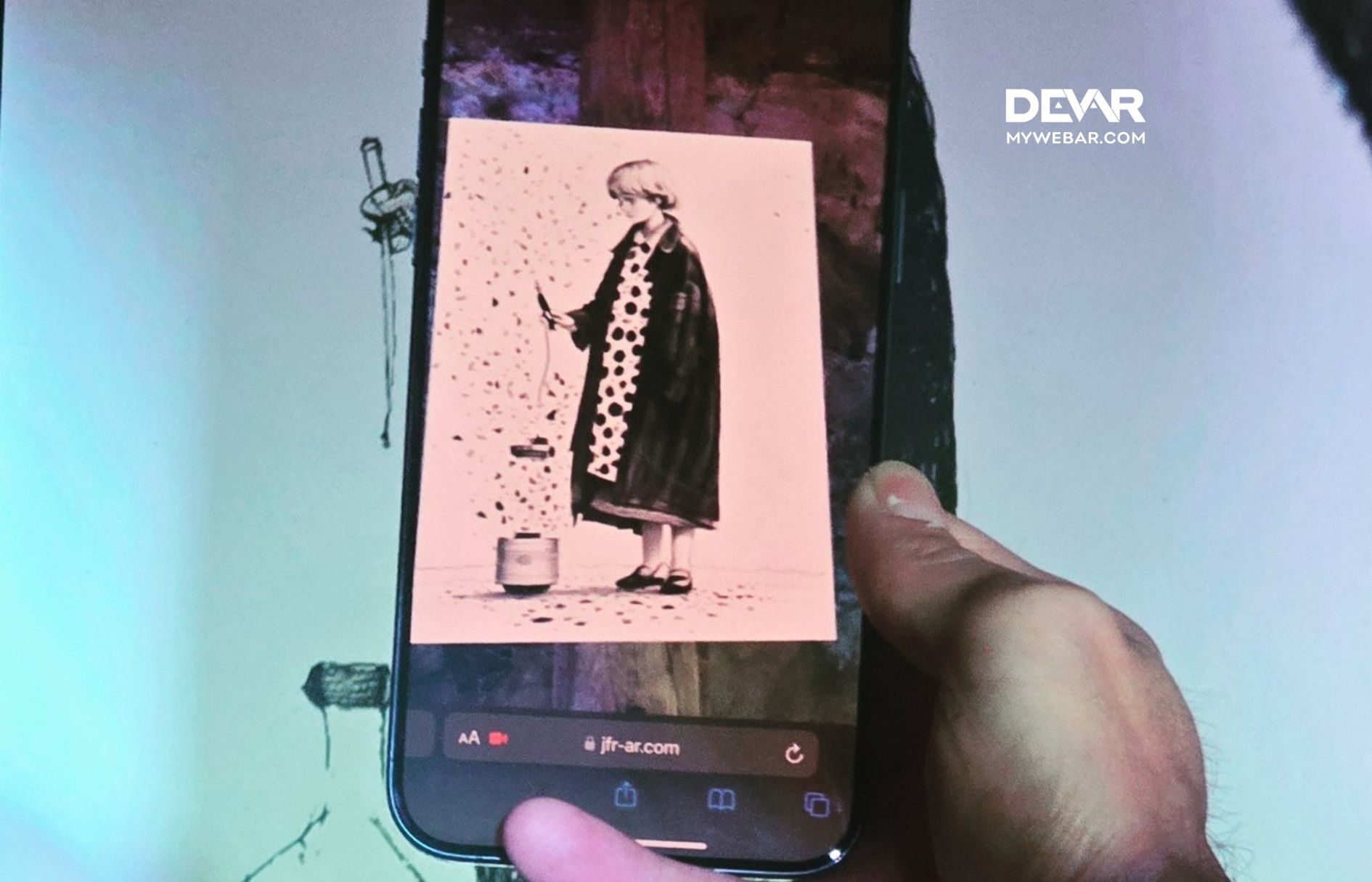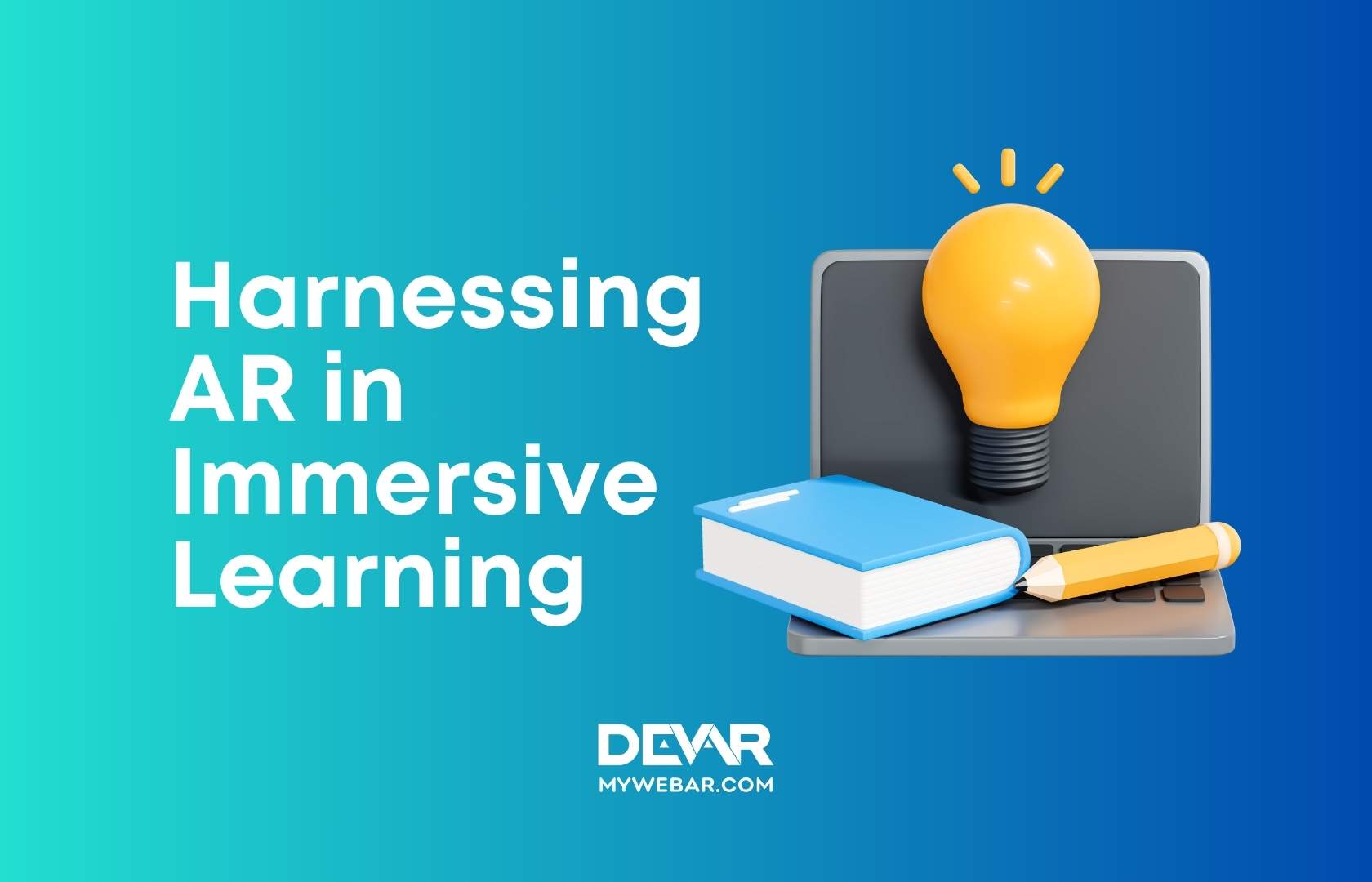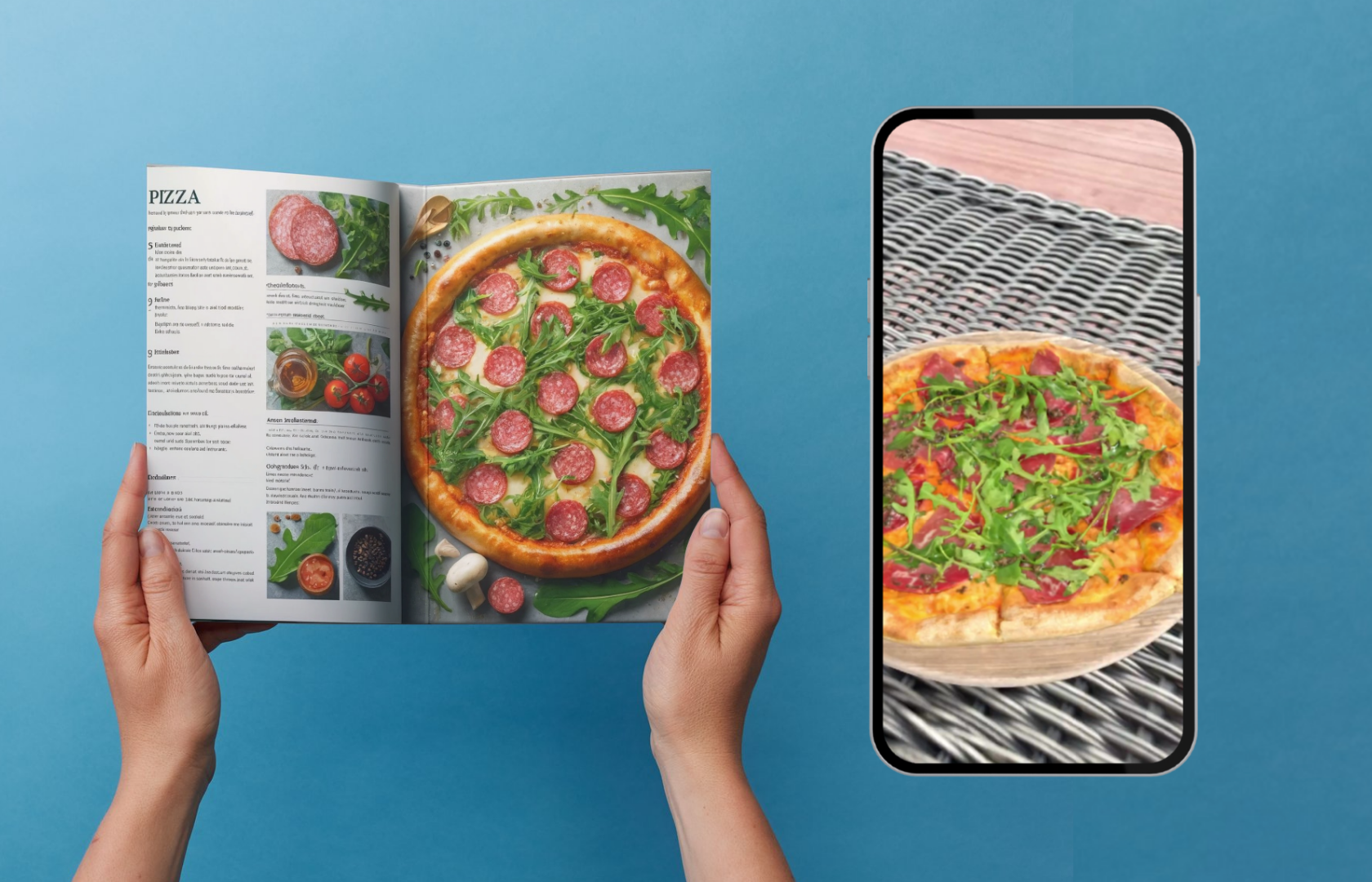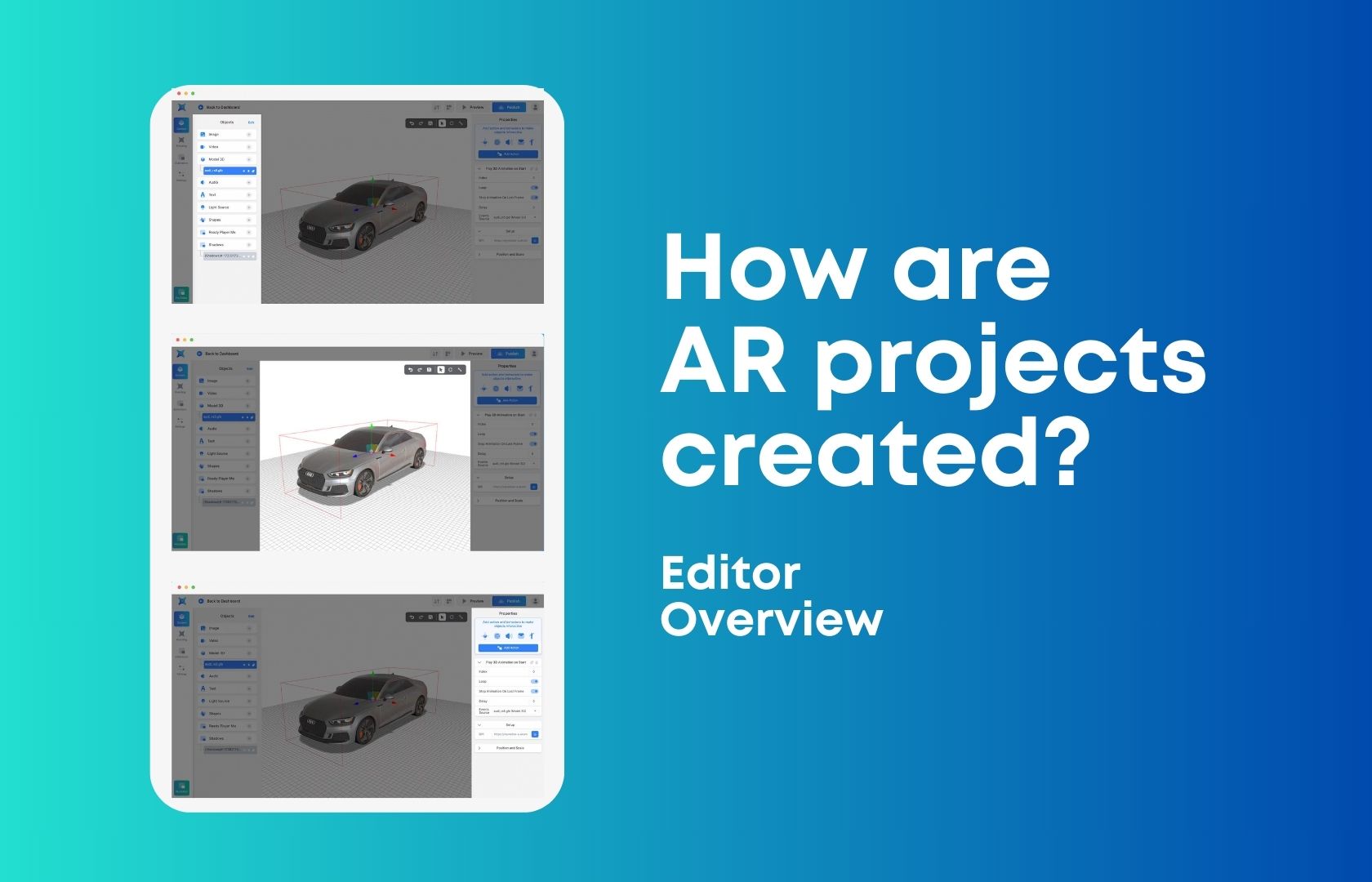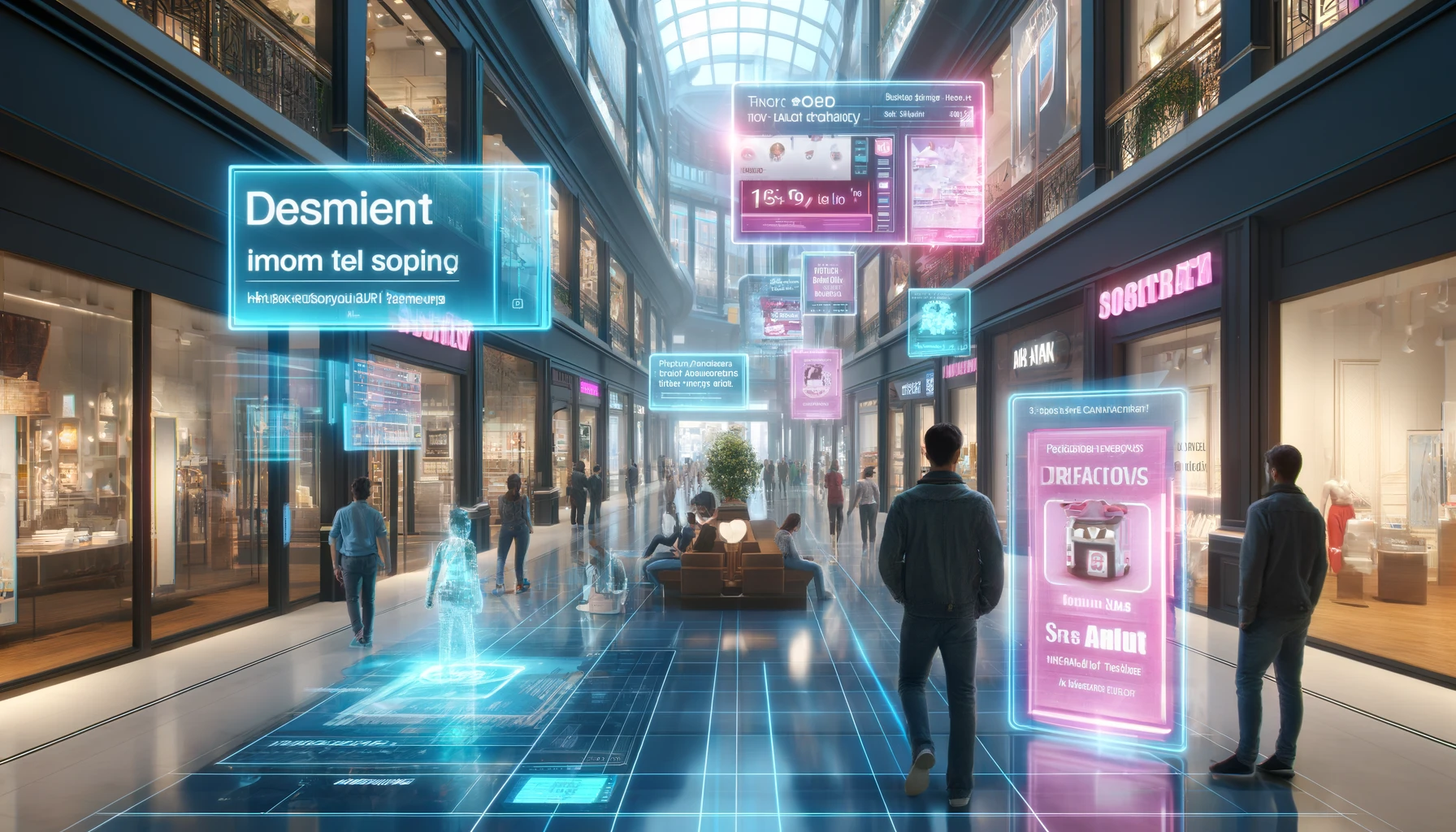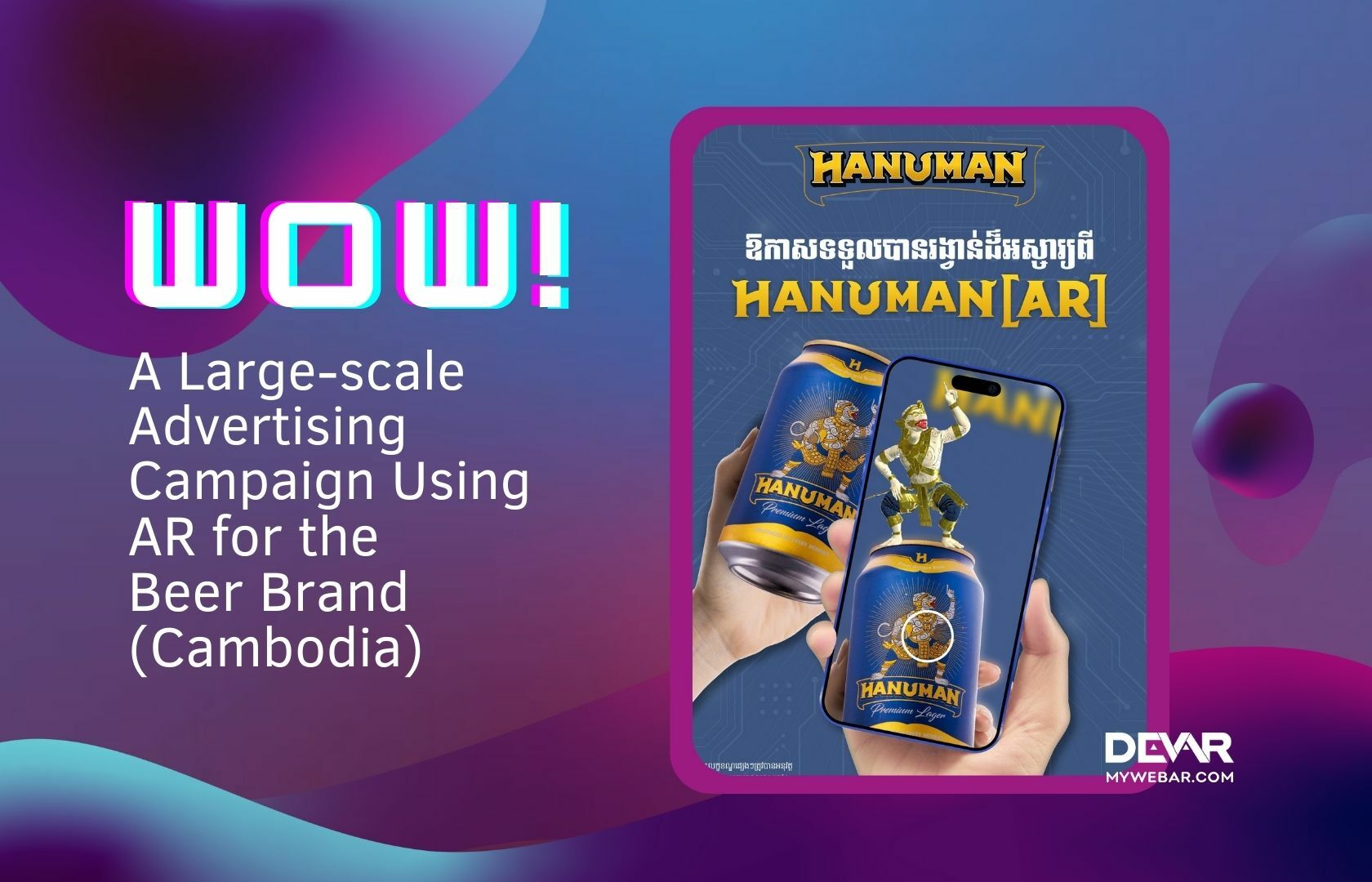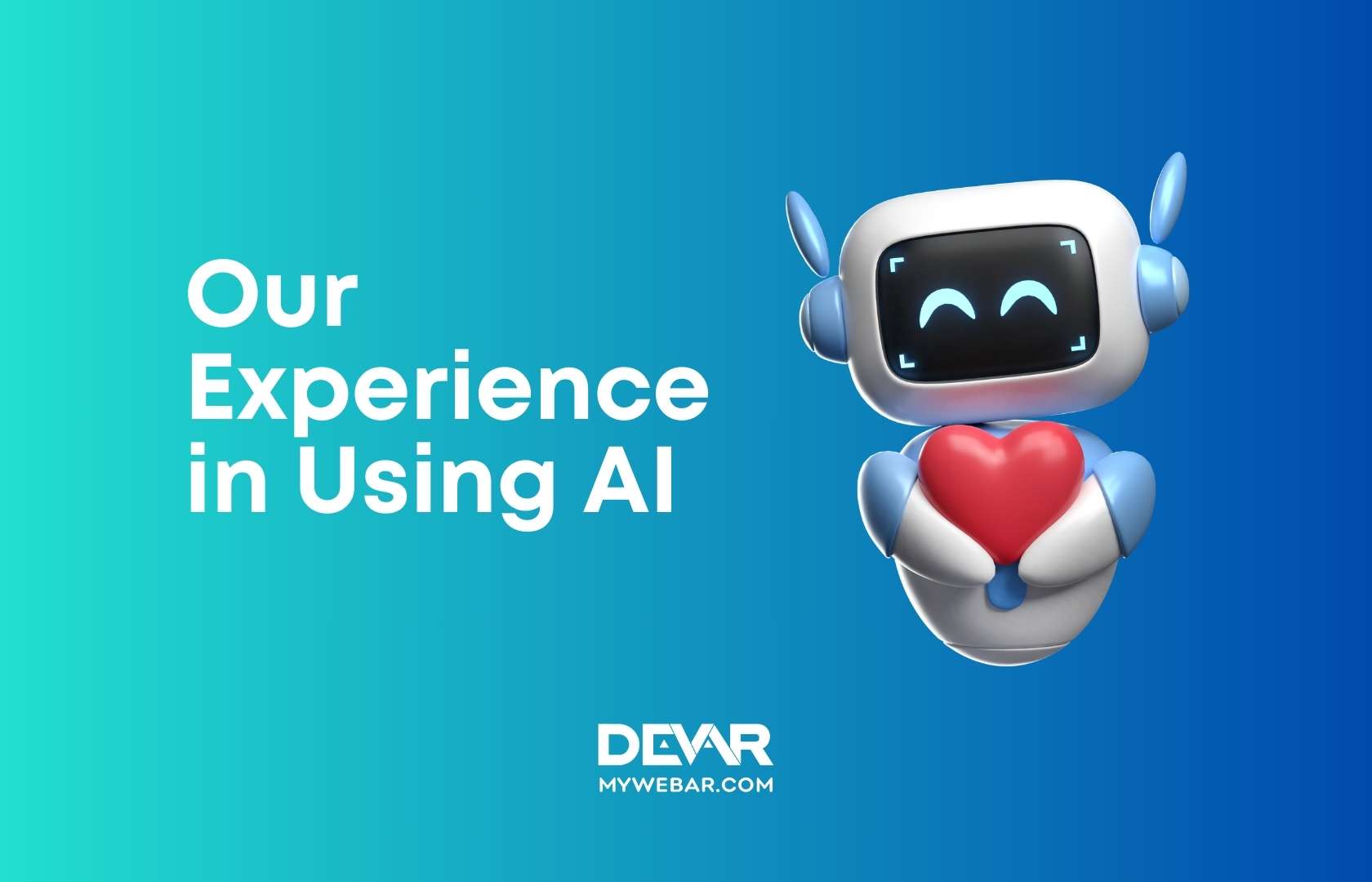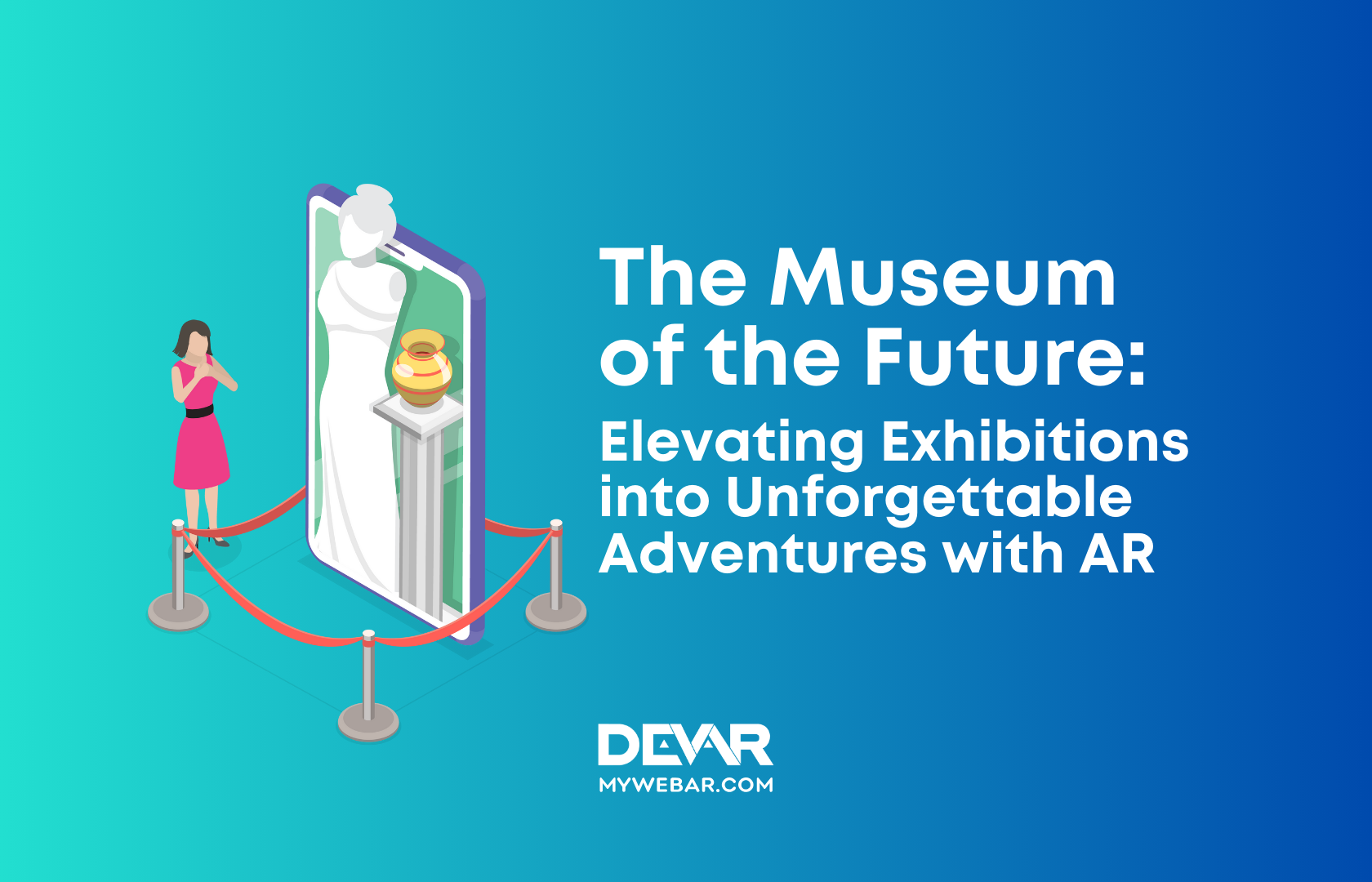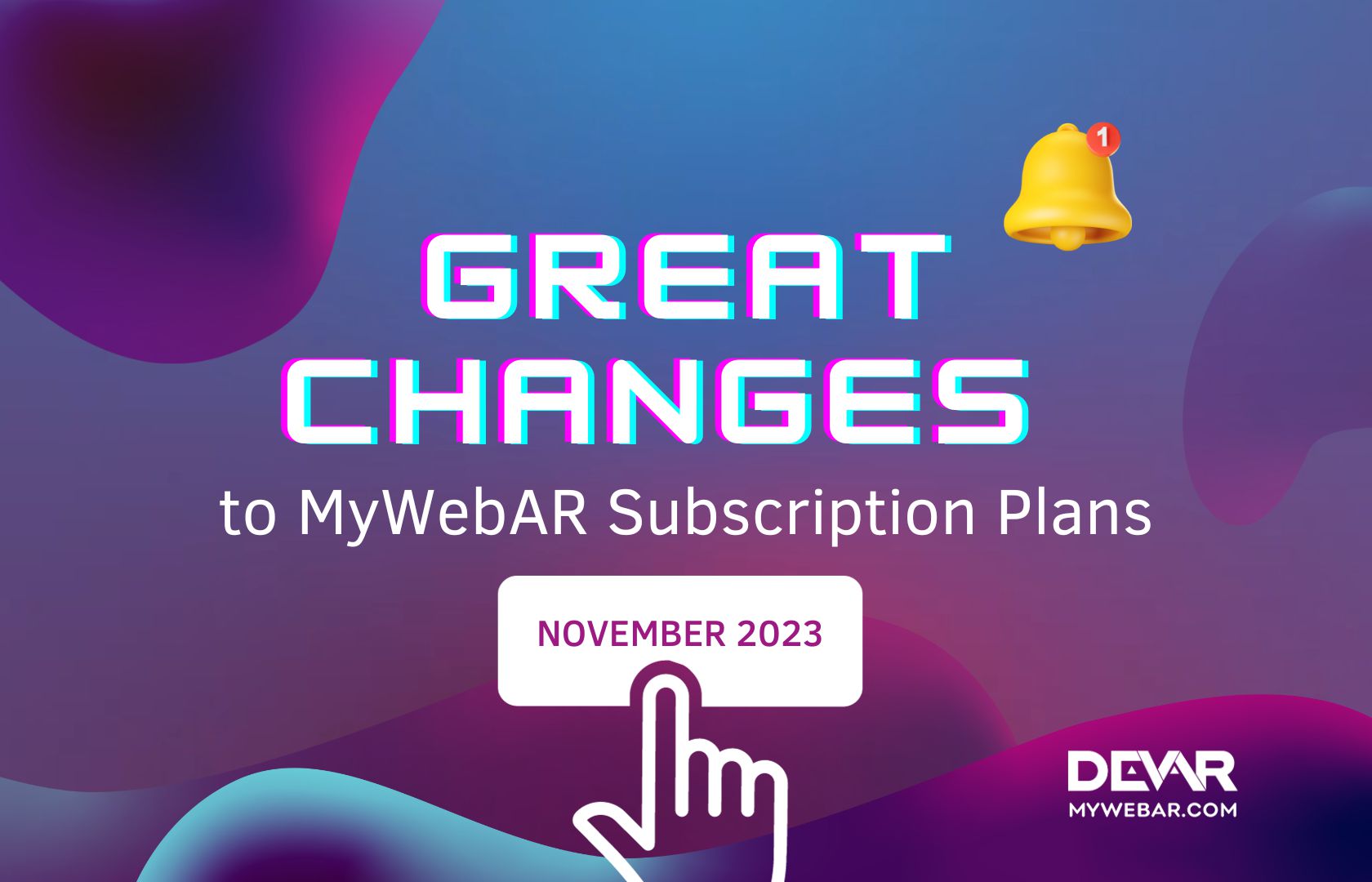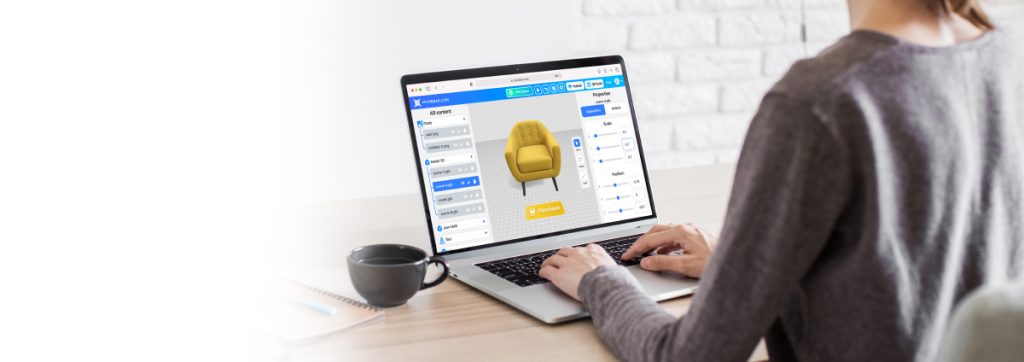In a recent, enlightening conversation with BookDao, we were delighted to have Anastasia Ly, the Business Development Director at DEVAR, share her valuable insights. Anastasia took us on a captivating journey into the mesmerizing world of augmented reality (AR) books, where conventional reading is transformed into a thrilling, interactive adventure. At DEVAR, a pioneering technology company specializing in AR, we have breathed life into these groundbreaking books.
The discussion delved deep into the motivations that ignited DEVAR’s venture into the book industry, the manifold advantages of infusing AR into books, and the challenges we’ve encountered and surmounted. The interview underscored the immense educational potential of AR books, as they offer an immersive experience that not only captures the attention of children but also provides them with invaluable content.
Anastasia also illuminated DEVAR’s steadfast commitment to explore fresh themes beyond encyclopedic content, along with our foray into other educational products. Moreover, the interview provided a glimpse into the evolving landscape of AR technology and its promising applications on the horizon.
We invite you to embark on this enthralling journey with us as we unveil the enchanting universe of AR books and witness how DEVAR is redefining the way children read, learn, and explore.

Anastasia Ly, the Business Development Director at DEVAR
At the end of this article, you can find the recorded video of the interview.
BookDao: The fact that the author of this book series is listed as a company rather than an individual has piqued our curiosity. Can you tell us more about DEVAR?
Anastasia Ly: Thank you for the invitation. I’m thrilled to be here and start with the interview. We are DEVAR, a technology company specializing in augmented reality. We have been operating in this market for 8 years. During this time, we have successfully introduced millions of children worldwide to the wonders of augmented reality. Our offerings include not only books but also toys and consumer educational products. These products have been sold in 74 countries, translated into 27 languages. Just imagine the impact of holding one of our books in your hands. It means that children in 74 countries have access to the same content and can interact with it. However, there is one common observation: children are simply captivated by our products. They can’t seem to get enough of them. Currently, our company collaborates with some of the world’s largest companies and brands. Our products are available on leading marketplaces and have become best-sellers with thousands of positive customer reviews and feedback.
BookDao: What factors motivated DEVAR to enter the book industry and incorporate new technologies to enhance the reading experience for readers?
Anastasia Ly: In general, our products aim to provide a seamless and exciting learning experience for kids. But you might be wondering, how did our journey begin? To answer that, let’s take a closer look at current market trends. One prominent trend is that children have a strong affinity for smartphones. They enjoy spending time with screens and accessing the internet. On average, children spend up to 8 hours a day engaged with screens. For Generation Z, those born between 1997 and 2013, this screen time increases to around 9 hours a day, accounting for approximately 30% of the world’s population. Even toddlers under 2 years old interact with smartphones, spending around 1 hour a day. It’s truly astonishing to see the extent of their screen time and the content they consume. Moreover, during the pandemic, screen time increased by more than 7 hours.
This presents a conflict between generations, as children want to spend time on their phones while parents often want to limit their screen time. Nowadays, network gadgets and technologies have become common and necessary aspects of digital native lives. In fact, 98% of children live in households with at least one mobile device, and 42% of children aged eight and under already have their own mobile device. This raises the question: how can we make this screen time as beneficial as possible? How can we create a product that aligns with both the desires of children and the concerns of parents? This led us to the decision of enhancing books with digital content in augmented reality, with the goal of rekindling children’s interest in reading.
BookDao: While augmented reality (AR) is gaining popularity on the internet and social media, the concept of incorporating AR into books is relatively new. Could you provide more information on this?
Anastasia Ly: First and foremost, let’s clarify what augmented reality is. Augmented reality is a technology that integrates virtual objects into the real world using devices such as smartphones or tablets, regardless of whether they are iOS or Android-based. Currently, there are two commonly used types of augmented reality: app-based and browser-based. The distinction is quite simple. With app-based augmented reality, users need to install a specific app on their devices to access and experience augmented reality. On the other hand, browser-based augmented reality can be accessed directly through the system browser without the need for any app installations.

While it’s easier to demonstrate and explain through videos, the best way to understand augmented reality is to try it yourself. I invite you to scan the QR code provided and follow the instructions on your screen. Typically, you will be prompted to grant camera access permissions and then point your camera at the designated image, such as the Scorpio or the spider. Additionally, I encourage you to turn on your sound as there may be interactive elements like insects dancing.
Now, let’s delve into what an augmented reality book is and how it’s used. Augmented reality books combine traditional printed materials with the interactive capabilities of technology, providing users with an exciting and novel experience. They are designed to be user-friendly, typically including an instruction page with three simple steps for users to follow. It’s important to note that the camera and the app need to recognize the images, so we always advise users to place the book as flat as possible and scan it in the best way to ensure the optimal augmented reality experience.
Regarding the app itself, it features an intuitive interface that is easy for kids to navigate, allowing them to learn and explore independently. Furthermore, rest assured that the content they interact with on their smartphones or tablets is 100% safe. The app usually starts with a home screen, followed by camera image recognition, where users can scan the QR code of the book. This will lead them to the book showcase, and the download process will begin automatically. An internet connection is only required for the initial download, as subsequent interactions with the augmented reality content can be enjoyed offline.
Augmented reality books offer numerous benefits, which is why we have chosen to move forward in this direction.
BookDao: What are some of the benefits of incorporating augmented reality (AR) into books, and how does it enhance the reading experience for children and parents?
Anastasia Ly: And when it comes to the benefits, they are truly undeniable. One significant advantage is the inclusion of helpful extra content. Augmented reality books may appear like ordinary printed books on your shelf, containing information and visual vocabulary within their pages. However, they offer additional educational content through augmented reality. This content is unique and not repeated across the pages. It is presented in a new and interactive way, providing a truly unforgettable experience that goes beyond what is possible in real life.
Imagine being able to hold a human heart in your hand, observe dinosaurs that no longer exist, or virtually travel to wonders of the world such as the Hanging Gardens of Babylon. Augmented reality allows for these incredible experiences.

Furthermore, it enables safe experiments in physics or chemistry, even without specialized equipment. Children can touch the objects that appear in the augmented scene, and the objects respond to their touches. They can interact with the content, calling objects and receiving responses. This immersive educational process actively engages children, leading to a higher level of attention and understanding of the information.
One of the broader benefits of augmented reality is its ability to visualize complex subjects in detail. Whether it’s exploring the human body, delving into physics and chemistry, or examining architecture, augmented reality provides a three-dimensional sectional view of objects, allowing for in-depth learning and interaction. Additionally, research conducted by neuroscientists has shown that augmented reality activates three modes of human perception in the brain simultaneously, resulting in a doubled attention level. This indicates that augmented reality has a more powerful impact compared to non-augmented reality experiences.
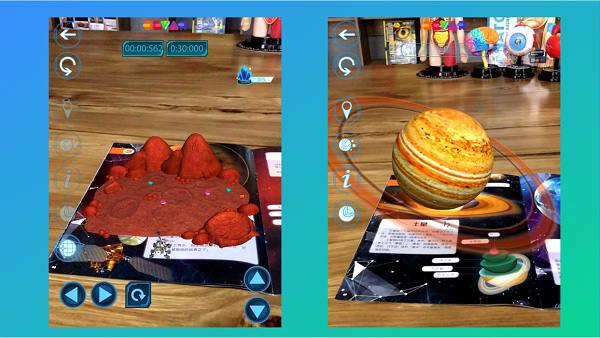
Augmented reality in books also enhances reading through educational games, interactive characters, and lifelike interactions. It presents information from fresh perspectives, making reading an immersive and enriching experience. In terms of our business model, we have over 200 titles, and we primarily focus on selling them. We are delighted to have partnered with Juvenile and Children’s Publishing in China, who have done exceptional work in adapting our series for the Chinese market. Each book is thoroughly localized for the specific country, ensuring accurate facts, precise translation, and a state-of-the-art reading experience.
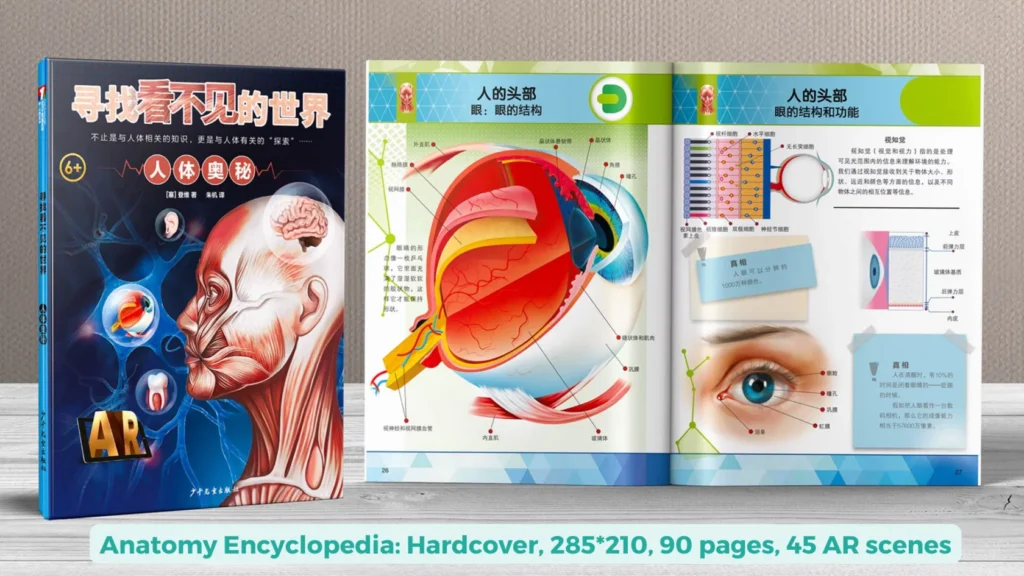
These books, created in 2017, have become our best-selling titles, reaching over 40 countries worldwide. While they are primarily aimed at children aged 6 and above, they have garnered love from kids of all ages. Even parents find themselves captivated by the interactive content. This series provides visual learning without the need for special equipment, offering exciting and interactive lessons that take children on captivating journeys through space, underwater adventures, encounters with dinosaurs, explorations of the human body from skin to skeleton, and introductions to biology through micro-animals. It allows children to inhabit an invisible universe, revealing wonders that are hidden to the human eye.
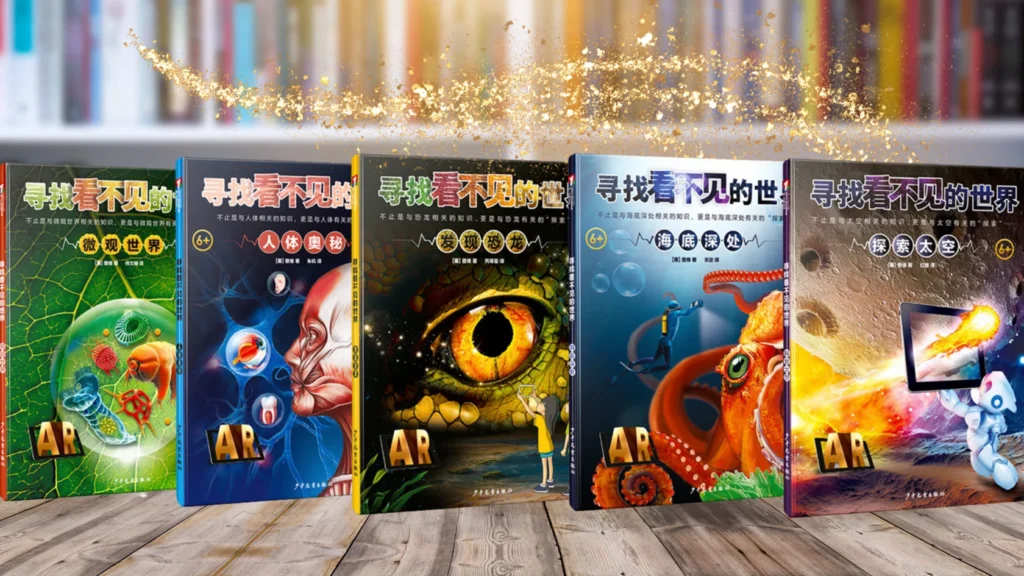
BookDao: Can you tell us more about the production process such as what type of people were involved? How much time and manpower was required. And what some of our main challenges encountered during the process.
Anastasia Ly: The process of creating augmented reality books involves a large team of dedicated professionals. Typically, we have a production team consisting of around 100 people working on each book. Our in-house editorial team conducts research to identify topics that are both interesting for kids and aligned with our company’s goals. Once the topic is confirmed, we move on to the production phase, where we determine the types of interactions that will be included.
Our creative tech department works on developing the concept and scenario, while the programming team is responsible for implementing the necessary technology. We also have a 3D department that brings characters to life with realistic animations, skins, shaders, and other visual effects. Additionally, we have a sound designer who not only adds sounds but also composes original songs for our books. In fact, some of the songs are created exclusively by our sound designer.
After creating the first demo, we invite kids to our office to interact with the books. Their feedback is invaluable and often leads to improvements in the final product. For example, during one testing session with an Angry Birds book, a programmer thought the game was too difficult and suggested simplifying it. However, the kids in the focus group effortlessly completed the game in just one minute, making it clear that no further simplification was needed. This kind of feedback helps us understand the expectations and preferences of our target audience.
We also receive feedback from customers through our customer and technical support channels, which allows us to gather additional insights and enhance future works. Launching an augmented reality book is not simply about adding augmented reality as a selling point. It is a complex and time-consuming process that requires years of experience to deliver the best possible product for children and their parents. The involvement of a dedicated and skilled team is crucial to the success of these projects.
BookDao: I’ve noticed that current AR books are mostly encyclopedic in nature. Is DEVAR working on AR books with other themes as well?
Anastasia Ly: We initially started with augmented reality coloring books, which have become a significant part of our product lineup. The unique feature of these books is that children can bring the pages and characters to life in the colors they choose. For example, if there’s a dinosaur on the page, they can color it with red pencils, and through augmented reality, the dinosaur will appear as a red-colored creature. It’s important to note that the accuracy of the coloring also affects the augmented reality model. If the child colors the page accurately, the model will look more visually appealing.
During testing in Germany, we encountered an interesting situation. As children began using our augmented reality coloring books, they started to expect other coloring books to come to life as well. They would color pages in regular coloring books and then ask their parents to bring them to life, not understanding that only our special coloring books had augmented reality features. This highlights the level of engagement and excitement that augmented reality brings to the coloring experience.
In addition to coloring books, we also offer activity books featuring popular IPs such as Paw Patrol and My Little Pony. These activity books allow kids to explore the characters in different ways and engage in mini-games with their favorite characters like Pinkie Pie and Chase.
Our range of products also includes encyclopedias, such as the Wild series. These are not traditional encyclopedias; they incorporate a storyline where two main characters embark on a journey to find their missing grandpa, who is an explorer. Along the way, they travel the world, encounter various creatures, and learn about them. This combination of storytelling and educational content makes our encyclopedias unique.
Furthermore, our augmented reality experiences extend beyond books. We offer posters, flashcards, fossils, and leaflets that can be used in schools for extra-curricular activities. Teachers can hang space-themed posters in the classroom, allowing students to interact with the augmented reality content. Kindergartens have also integrated our dinosaur books into their STEM lessons, providing a fun and interactive learning experience for young children.
We have also partnered with toy manufacturers to create augmented reality experiences that complement their toys. For example, a company from Hong Kong called East Collide produces anatomy models that perfectly align with our augmented reality content on anatomy. By pointing a camera at the toy, children can see an interactive 3D representation of the anatomy and learn about its different parts.
BookDao: As AR technology continues to evolve, what other applications do you think will come to market? If these new applications were deployed in the five books of this series, what effect would they have? Would you consider re-publishing the series in light of these new developments?
Anastasia Ly: The augmented reality market is poised for continuous growth and development. Apple’s recent introduction of their long-awaited headset marks a significant milestone in technology advancement, specifically for augmented reality. This step is expected to have a profound impact on the field of augmented reality and its future prospects.
Augmented reality has found applications in various industries, including marketing, communication, gaming, learning, and professional fields. In marketing, augmented reality allows customers to interact with products directly on the shelf, providing them with additional information and increasing their engagement. Recent polls by marketing agencies indicate that approximately 68% of customers are willing to try augmented reality products if they are available on the shelf, making it an attractive and effective marketing tool.
Augmented reality also serves as a new media channel, enabling users to scan products and directly interact with the brand. Users can access cultural actions and obtain detailed information directly from the producers of the goods. The content associated with augmented reality experiences can be updated quickly by simply changing the QR code, eliminating the need for redesigning packaging. This flexibility allows for dynamic and customizable augmented reality content that enhances user experiences.
Furthermore, augmented reality has made significant contributions to the gaming industry, as demonstrated by the ongoing popularity of games like Pokémon Go. It has also been adopted in the field of education, providing interactive and immersive learning experiences. In professional settings such as medicine, augmented reality glasses are used to perform precise operations and enhance accuracy by providing detailed information about different parts of the human body. Industrial sectors, including construction and architecture, have also embraced augmented reality technology to facilitate design processes and improve efficiency.
As technology continues to advance, new developments in augmented reality are emerging. For example, browser-based augmented reality experiences are becoming more prevalent, eliminating the need for users to install dedicated apps. This approach is particularly appealing to users who are reluctant to install multiple apps on their devices. However, for products like toys or books that require frequent interaction, dedicated apps still offer a more seamless experience. Users can install the app once and easily access the augmented reality content whenever they interact with the product.
In our latest editions, we have introduced augmented reality covers that come to life without the need for any apps. This allows customers to preview the book’s content in stores, making an instant decision about whether they like it or not. Once they decide to purchase the book, they can then download the app and fully engage with the augmented reality features.
Overall, augmented reality continues to evolve and find new applications in various industries, enabling interactive and immersive experiences for users while enhancing marketing strategies, communication channels, learning environments, and professional practices.
